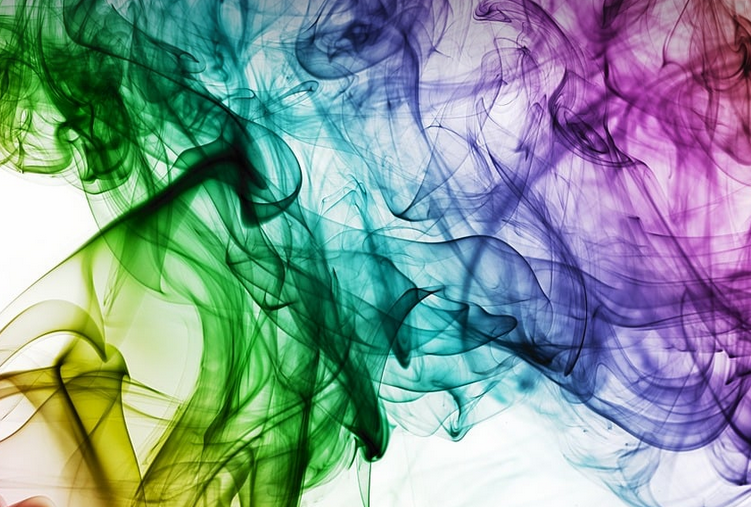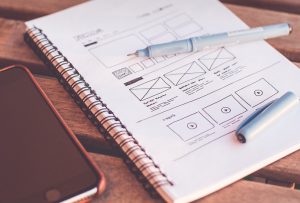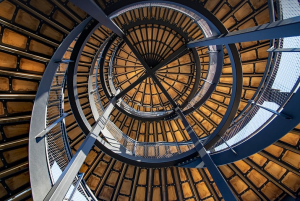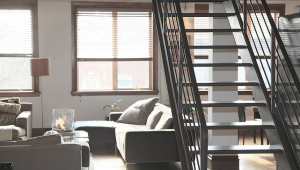
What’s a mood board, and why do I need one?
A mood board is like your interior design vision board come to life—a visual compilation of images, textures, colors, and ideas that encapsulate the essence of your desired space. Think of it as a blueprint for your dream home or redesign project. It’s not just about picking paint colors; it’s about capturing the overall feeling and style you want to evoke in every corner. Creating a mood board allows you to visualize your concept before jumping into any actual decisions. It helps ensure that everything aligns with your aesthetic preferences, saving time and effort down the line. It can also help you identify potential design challenges or areas where you might need further exploration.
The Power of Visual Inspiration
The beauty of a mood board lies in its ability to spark creativity and ignite inspiration. It’s not about perfection; it’s about capturing the essence of the desired atmosphere. Start by gathering images, textures, and patterns that resonate with you. You can use apps like Pinterest, Instagram, or collect physical samples from furniture stores, magazines, or home improvement catalogs—anything that speaks to your style.
Don’t be afraid to get a little messy! Let the visual feast guide you as you start putting your ideas on paper. Experiment with different arrangements and explore how textures, patterns, and colors play off each other in unique ways.
Exploring Your Style
Modern interior design is all about clean lines, functional spaces, and an intuitive flow. But even within this style, there’s a spectrum of possibilities—so delve into what makes your style truly unique! Consider the following:
- **Functionality:** How do you want your space to function? Is it for relaxation, hosting, working, or creating an inspiring environment for creativity?
- **Atmosphere:** Do you want a cozy and intimate feel, or something bright and airy?
- **Color Palette:** What colors resonate with you—are you drawn to cool neutrals or warm earth tones, or perhaps bold pops of color? What do you want the mood board’s overall tone to be.
- **Materials and Textures:** Think about what materials and textures you love. Would natural wood, metal accents, or even textiles like velvet add a unique flair?
Building Your Mood Board
Now that you have a good grasp of your vision, it’s time to build the mood board itself. You can use physical boards, print out images and textures digitally, or even create digital mood boards using apps like Pinterest, Canva, or Adobe Spark.
Don’t be afraid to experiment with different layouts! Try arranging items in geometric patterns, overlapping them on a canvas, or even creating a collage of contrasting elements.
Key Elements and Considerations
* **Images:** Find images that capture the essence you want to convey. This could be a detailed shot of furniture, a cozy living room setting, or an abstract representation of your desired style. * **Color Palette:** Choose colors that reflect the mood you’re going for—are you aiming for tranquility, energy, or sophistication? Use color swatches and experiment with different combinations. * **Texture Exploration:** Incorporate textures that complement the overall aesthetic. For example, incorporate wood grain elements, metal accents, or even textured fabrics to add depth and personality. * **Lighting:** Consider how your mood board will translate to lighting options. What kind of ambiance do you want to create? * **Scale:** Don’t overcrowd your mood board with too many images; it should have a certain balance.
The Final Touches
Once you have your mood board, take some time to step back and reflect on it. Is the overall feel of the space what you envisioned? Are there any elements that need tweaking or adjustments? Use this as a guide for creating your physical interior design space.
As you navigate through the process of choosing the right paint color, furniture pieces, and decorative accents to bring your vision to life. Remember your mood board is not just a blueprint but your source of inspiration throughout the entire project.
— Let me know if you’d like help building your own mood board! We can explore specific styles and create a digital version to get started.



